Pallet labels are an essential tool for the streamlining of product logistics between manufacturers, warehouses, and retail outlets. These labels marry virtual data to the physical products and convey vital details about the pallet contents to handlers along the entire supply chain. Key information is prominently displayed on a pallet label as well as highly scannable barcodes for instant and precise data management. Its imperative labels are of high quality and matched to the application at hand.
Importance of the Right Label
Many overlook the critical importance of high-quality pallet labels for enabling efficient supply chain operations. However, the correct pallet label and application method are mission critical. Selecting the optimal label adhesive, face sheet, and print technology prevents inefficiencies, added costs, and errors downstream. Consistent label adhesion and print integrity throughout the supply chain journey avoids labels falling off in suboptimal conditions or are illegible or unscannable. Taking time to evaluate operating environments ensures selecting an adhesive and label material durable from production to final delivery.
Application of Labels
Another key consideration is the type of application used to apply labels. They can be done with automated printer applicators and or hand applied. Selecting the right adhesive and face sheet for either of these methods can make or break the efficiency downstream. Selecting the wrong adhesive and face sheet risks chargebacks, and rework. Leveraging proper materials promotes best practices and pays dividends through precise warehouse processing, shipping accuracy, and end-user satisfaction. In the modern supply chain, a reliable pallet label provides the foundation for productive product movement in the plant and the supply chain
Selecting the Appropriate Label Type
Thermal Transfer Labels
These labels rely on pairing specialty heat-sensitive ribbons (wax, resin, or wax-resin) with top coated thermal transfer paper to print shipping information and barcodes. When the printhead heats localized sections of ribbon, the ink coating the ribbon adheres to the label material below.
Pros
• Crisp, durable imprints resistant to smudging and fading
• Flexible label customization with variety of thermal ribbons
Cons
• Requires stocking two label components (labels and ribbons)
• More changeovers to replace both materials as needed
• Ribbons rarely deplete in sync with labels
Direct Thermal Labels
Direct thermal labels contain built-in heat-sensitive coatings that darken when heated by the printhead without a ribbon intermediary. Two main direct thermal label types exist:
• Standard direct thermal labels have a cost advantage, but imprints slowly fade with heat, sunlight, moisture, and abrasion. Best for short-term indoor application.
• Premium direct thermal labels print durably at high speeds. The coated material locks in imprints, preventing fading despite weathering and wear. Additional cost buys supply chain reliability.
Conclusion
A proper pallet label requires careful consideration of operational needs based on the lifecycle of the label. This includes manufacturing to warehouse to the end user. Rushing the label selection process can completely derail warehousing, distribution, and delivery—driving inefficiencies and errors.
Our 30+ years specializing in industrial labeling suggests direct thermal pallet labels offer the best value and performance for most supply chain uses thanks to fewer changeovers and competitive costs versus thermal transfer labels paired with ribbons.
By considering strengths like one-component simplicity and imaging reliability, direct thermal pallet labels often empower optimal warehouse productivity and supply chain insight.


